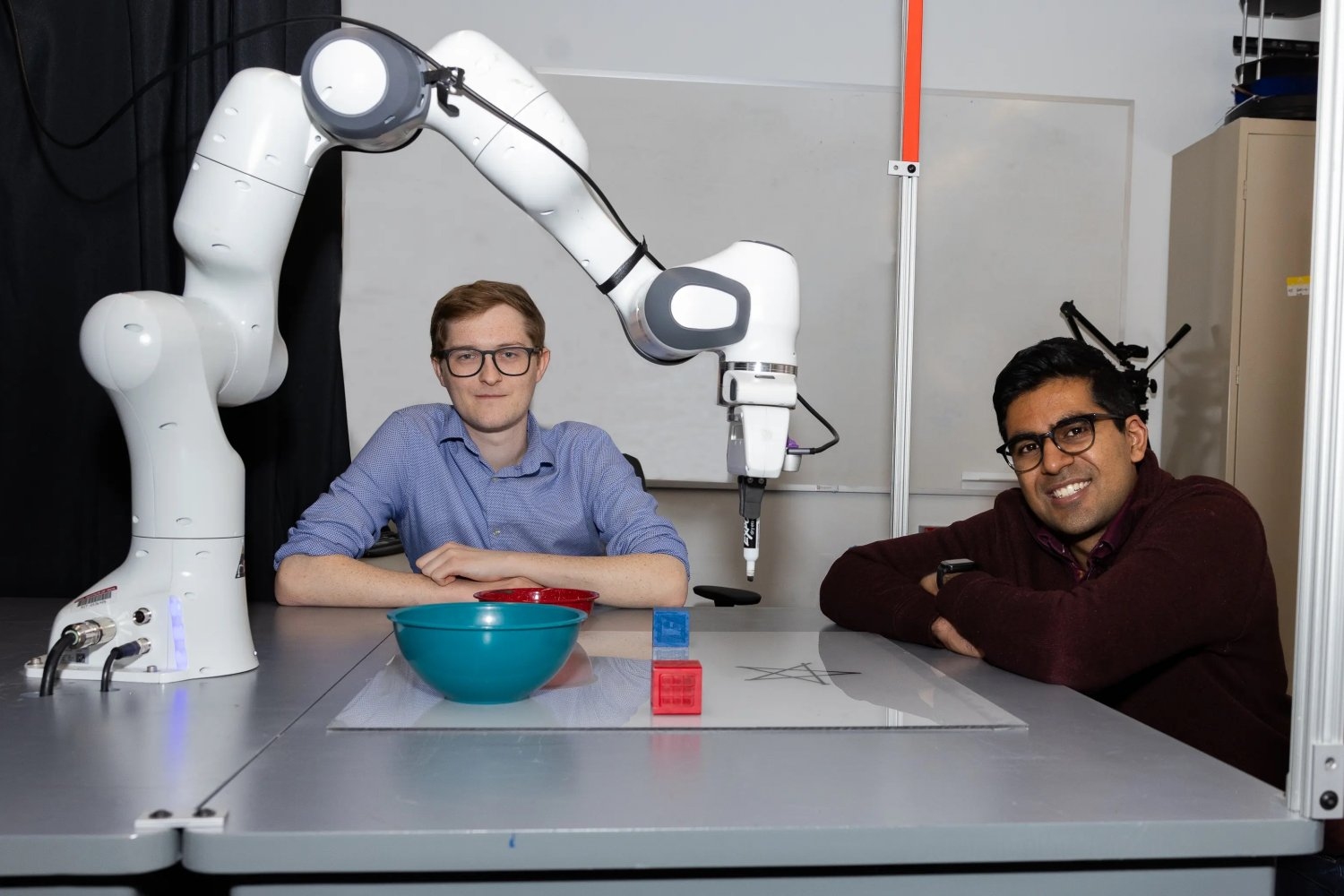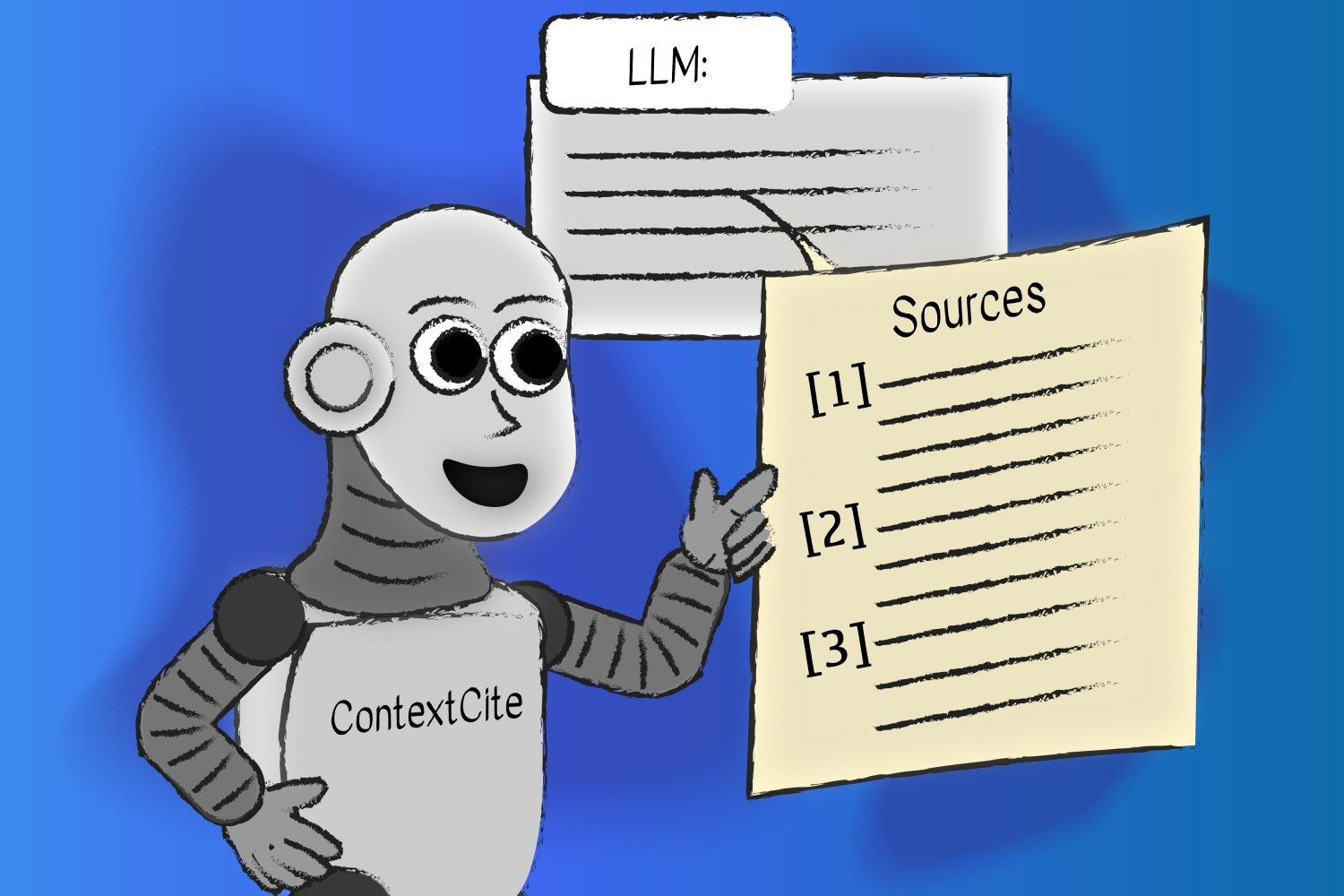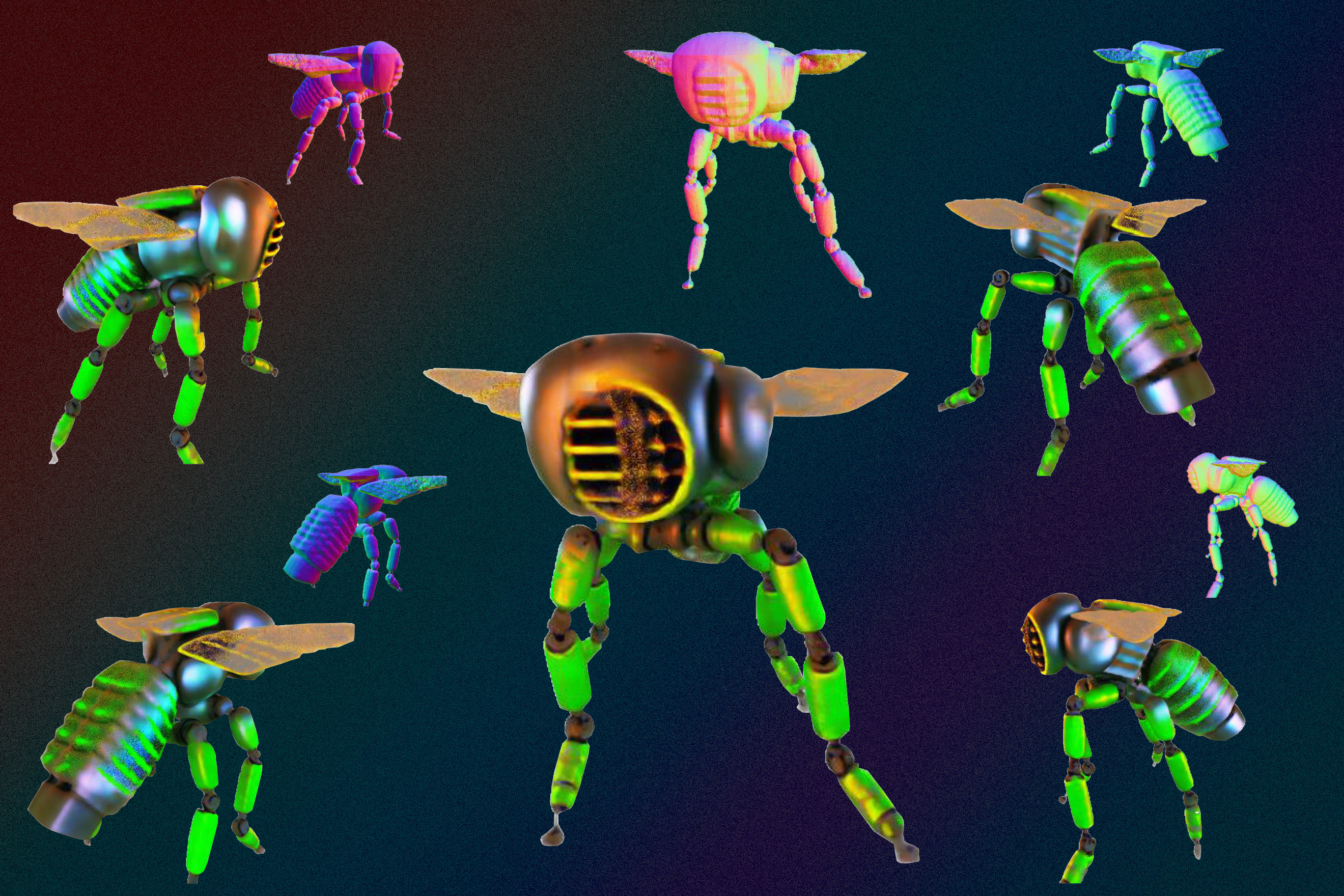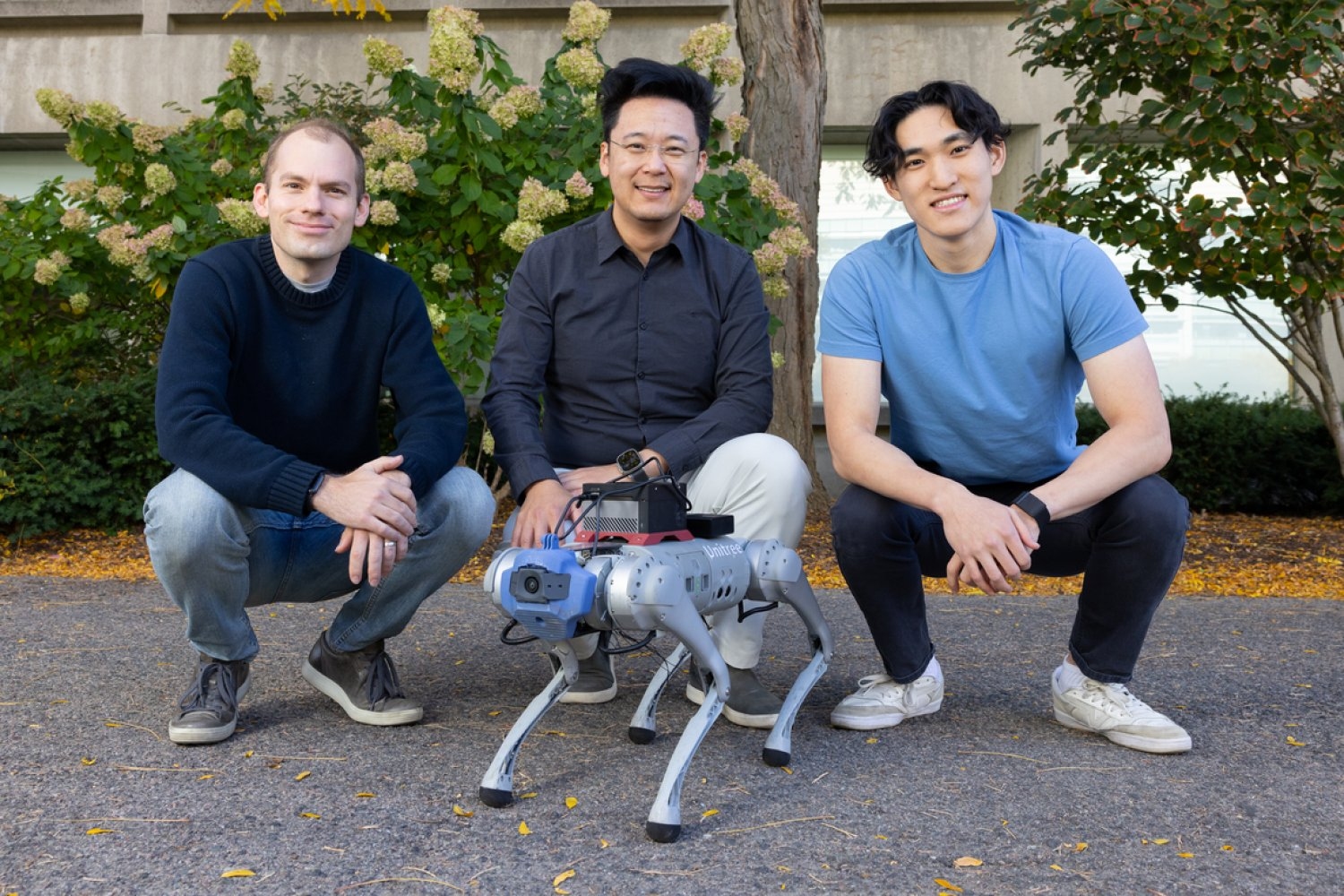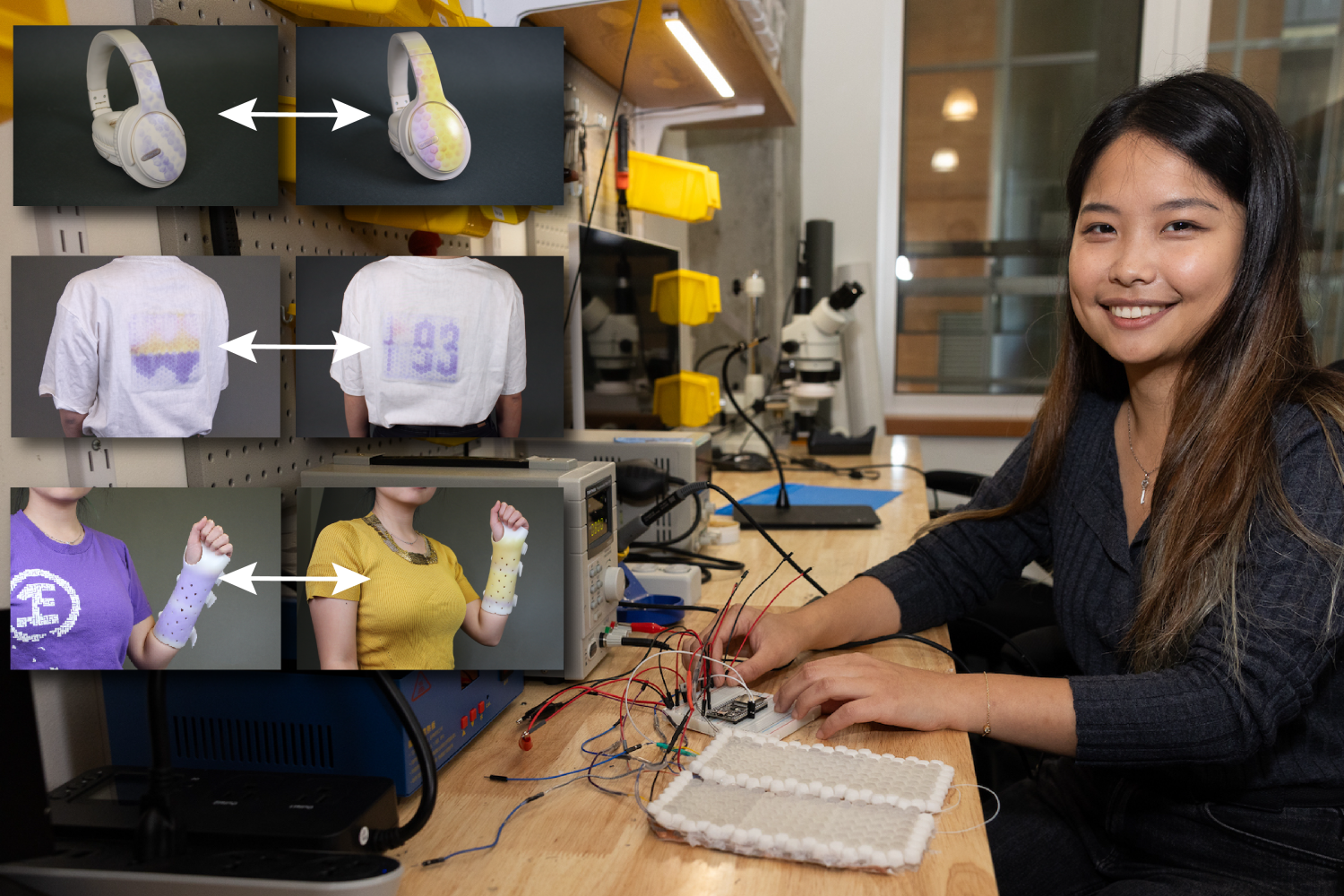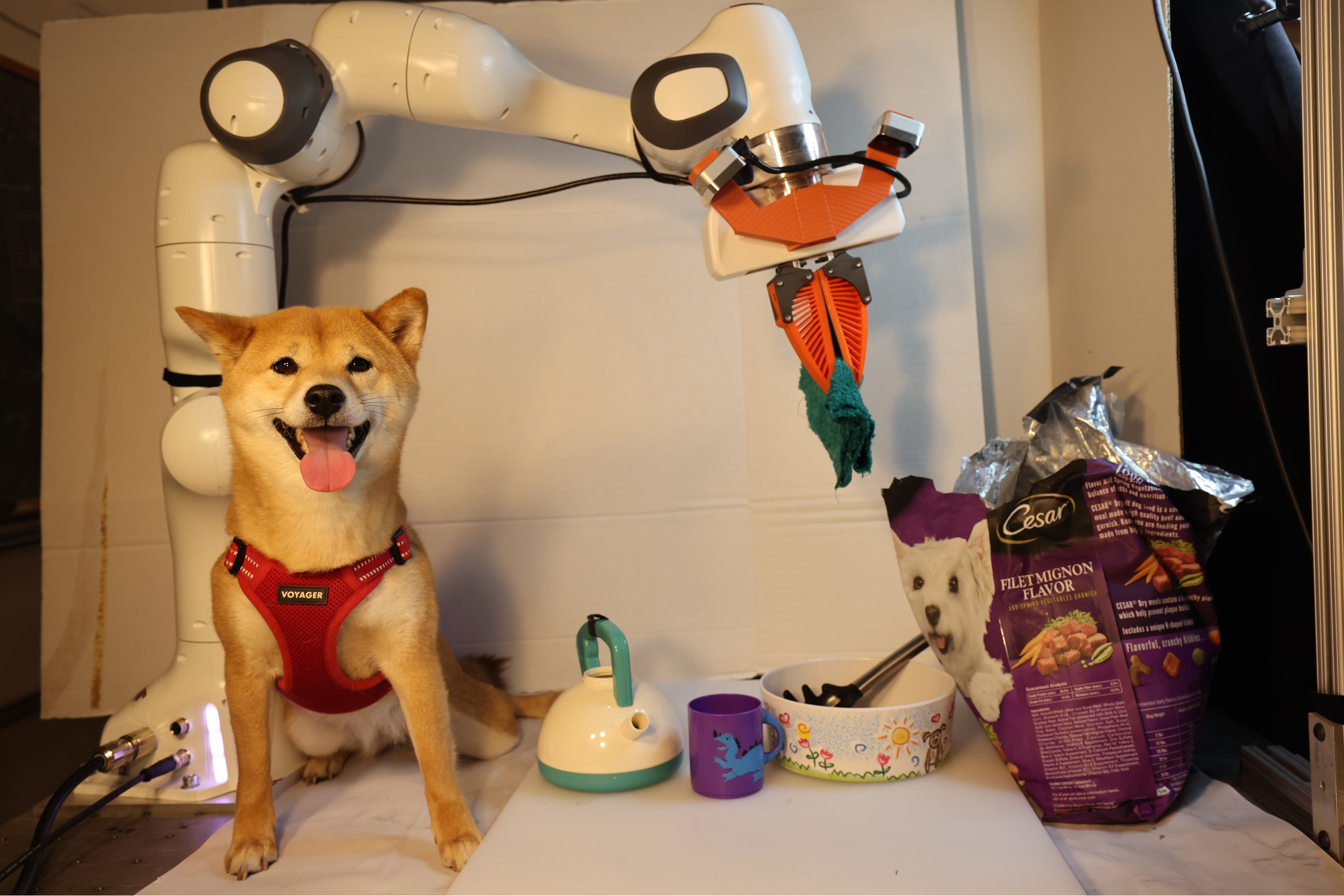Teaching a robot its limits, to complete open-ended tasks safely
The “PRoC3S” method helps an LLM create a viable action plan by testing each step in a simulation. This strategy could eventually aid in-home robots to complete more ambiguous chore requests.
Dec. 12, 2024 • ~6 min

